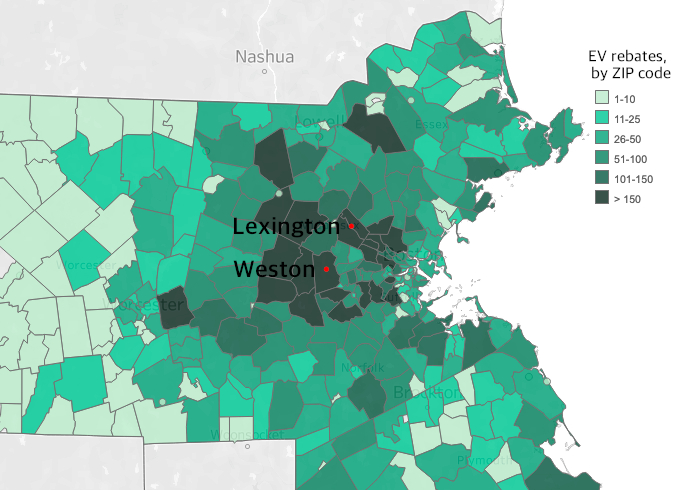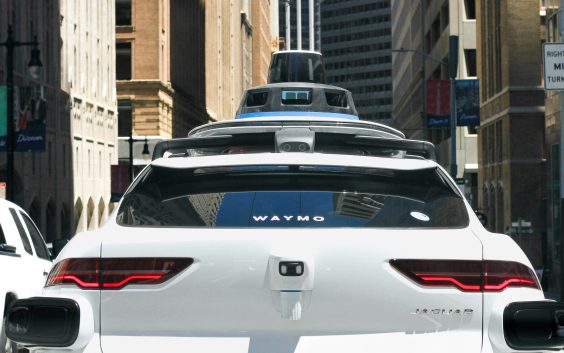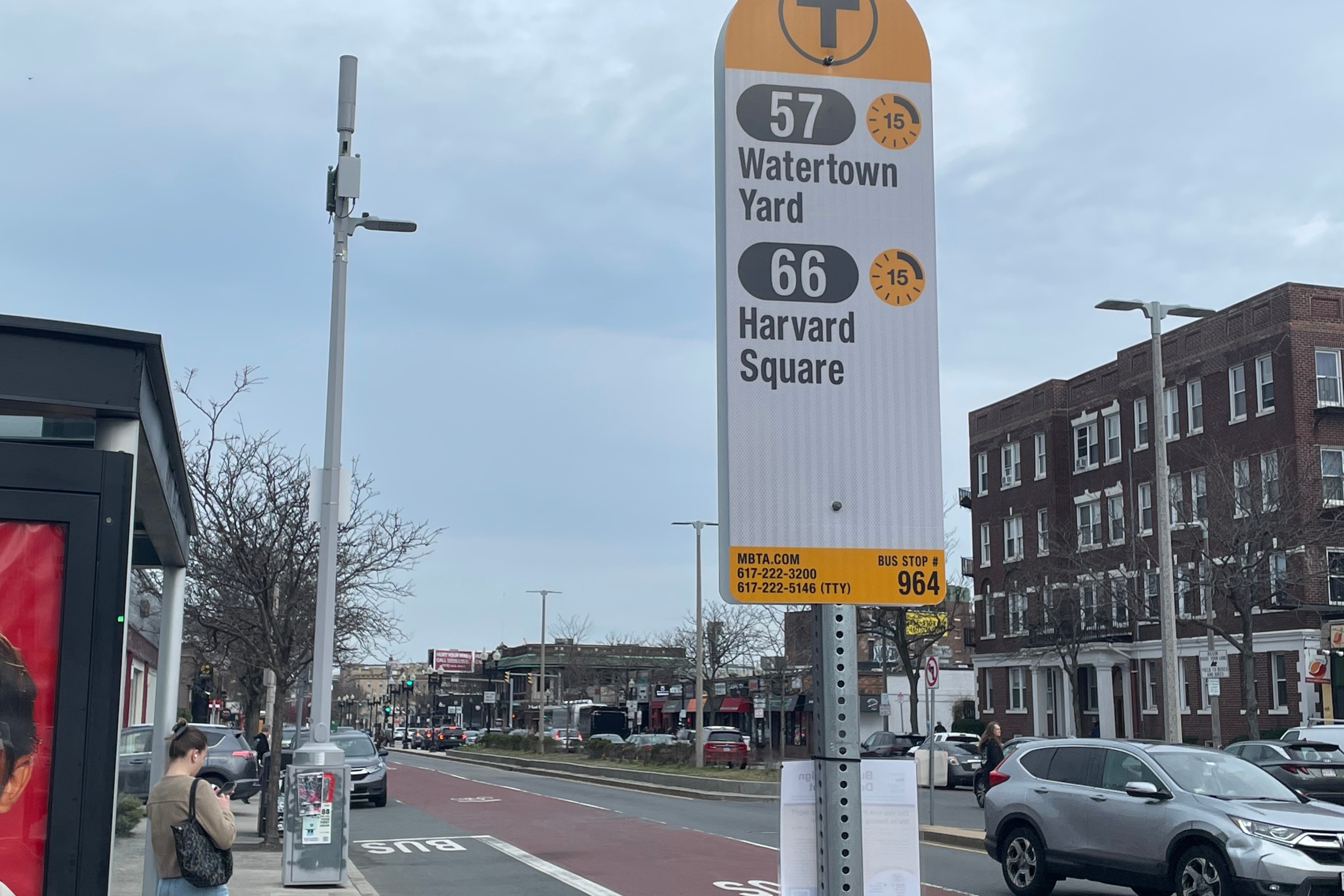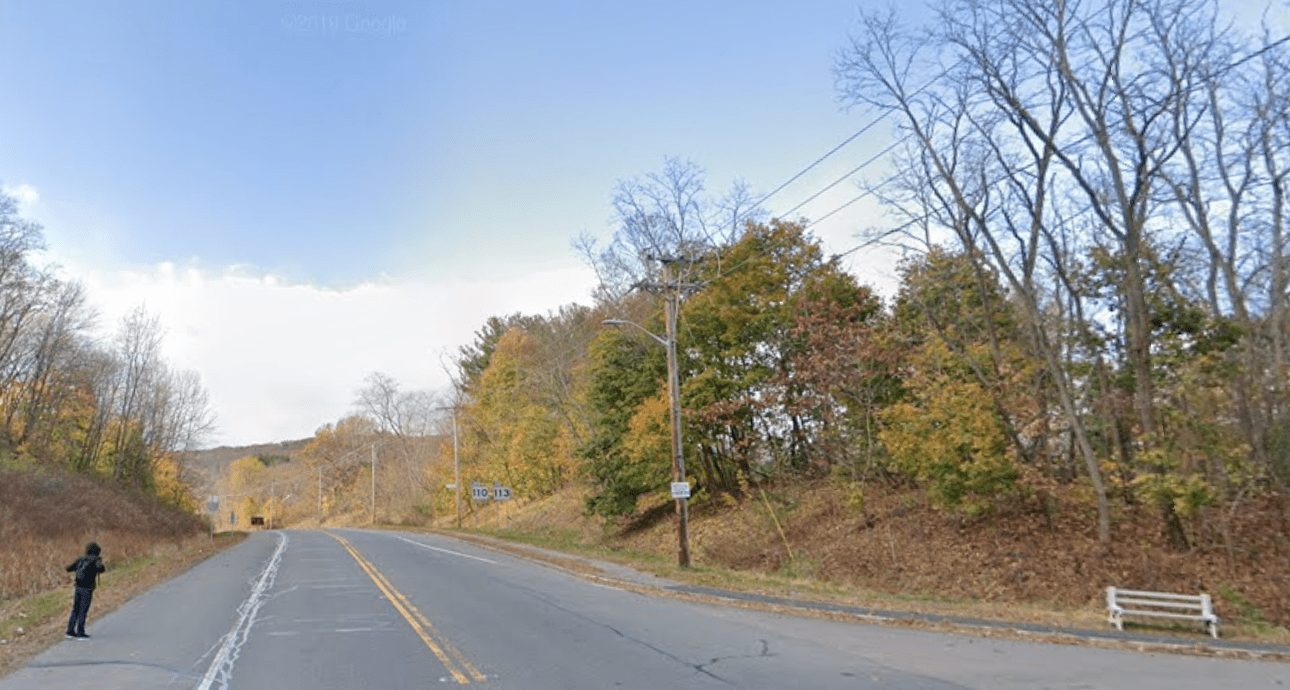The vast majority of money in the Baker administration's electric vehicle subsidy programs is being paid out to households living in the state's wealthiest ZIP codes, according to a Streetsblog analysis of the program's payments.
Since 2014, the state's MOR-EV program has paid rebates of up to $2,500 to residents who purchase new electric vehicles. The program was most recently renewed in December 2019, when lawmakers and Governor Baker earmarked $54 million for the program through the end of 2021.
Earlier this week, the Baker administration expanded the program to subsidize electric trucks and other commercial vehicles as well.
But program statistics available on the MOR-EV website raise significant questions about the program's effectiveness and fairness - especially at a time when the state's largest transit agency is moving ahead with service cuts for lack of funding.
According to the MOR-EV program data, $14 million of the program's expenditures (more than a third of the total) have gone to buyers of new Teslas, whose products are all categorized as "luxury" cars.
On a per-household basis, the list of communities that have received the most money from the MOR-EV program include some of the Commonwealth's most elite suburbs: Lincoln (where the program has delivered $249,000 in rebates to new car buyers), Harvard ($177,500 in rebates), Waban in Newton ($196,000 in rebates), Carlisle ($178,500 in rebates), and Lexington (where the program has spent $1.1 million, split between the town's two ZIP codes).
MOR-EV payouts: top 10 ZIP codes
| ZIP code | Total MOR-EV payments | Median household income | Number of households | $/household |
|---|---|---|---|---|
| 01773 - Lincoln` | $249,000 | $140,125 | 2,169 | $115 |
| 01451 - Harvard | $177,500 | $162,619 | 1,624 | $109 |
| 02468 - Waban (in Newton) | $196,000 | $241,190 | 2,008 | $98 |
| 01741 - Carlisle | $178,500 | $195,889 | 1,876 | $95 |
| 02420 - Lexington (north of Mass. Ave.) | $471,450 | $195,494 | 5,036 | $94 |
| 02421 - Lexington (south of Mass. Ave.) | $615,500 | $178,358 | 6,775 | $91 |
| 02493 - Weston | $342,500 | $207,702 | 3,787 | $90 |
| 01742 - Concord | $574,500 | $152,240 | 6,638 | $87 |
| 02641 - East Dennis | $10,000 | $62,888 | 117 | $85 |
| 01778 - Wayland | $404,500 | $185,906 | 4,849 | $83 |
Note: this table excludes ZIP codes with fewer than 40 households, where a single subsidy payment would skew the per-household calculation and Census data on household income is limited.
In all, 79 percent of the MOR-EV program's rebates (about $30 million) went to car buyers in ZIP codes where the median household income exceeds the statewide median income.
By contrast, only 9 percent of the program's subsidies ($3.2 million) went to lower-income ZIP codes, where median household income was less than 80 percent of the statewide median income.
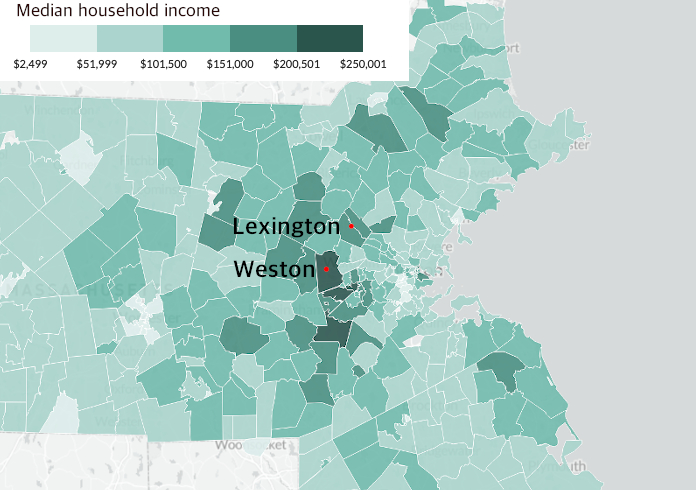
When asked for a response, a Baker administration official did not directly address the issue of how the program's payments primarily benefit high-income communities. Instead, the official pointed out that the new MOR-EV truck subsidies will offer higher rebates for trucks that are registered or operate in environmental justice neighborhoods, and promised that "the Administration will continue its commitment to addressing the impact of emissions on communities facing disproportionate levels of air pollution."
Jarred Johnson, the executive director of TransitMatters, said that that the MOR-EV program, and the uneven distribution of its benefits, reflect the Baker administration's disorganized approach to the Commonwealth's transportation and climate crises.
"I don't think that Gov. Baker is intentionally dreaming up ways to harm poor communities, but I do believe that he's just not very interested or invested in finding permanent solutions to redress these longstanding inequities. It just doesn't fit with his political philosophy of letting the market solve everything," said Johnson. "Why would you come out with a statewide decarbonization strategy that doesn't talk at all about improving transit?"
Johnson suggests that if the $54 million in the MOR-EV program were available to statewide transit agencies instead, the money could benefit far more people, and do more to reduce emissions and improve household finances by giving people better alternatives to car ownership.
"We could buy more electric buses, increase service... even if people are riding in diesel buses, those are still more energy and cost-efficient than people riding in single-occupant vehicles. And we still need to advance real planning efforts to electrify the commuter rail network - it's distressing how little work has been done on that," said Johnson.
Massachusetts environmental organizations, which have historically been bullish on electric car subsidies, have also acknowledged that the state's programs need to do more to help lower-income households.
In a June 2020 letter to the Baker administration, 17 environmental and public health groups organized as the Zero Emission Vehicle Coalition urged the Commonwealth to establish a separate, more generous rebate program for low-income residents, including rebates for used vehicle purchases.
But lower-income residents are generally much less likely to buy new cars, and more likely to rely on public transit. And because there are relatively few electric cars on the road, the market for used electric cars is even smaller.
In Maine, where a targeted low-income electric car rebate program has been on offer since 2019, only two buyers have taken advantage of the program to date.
The MOR-EV program statistics also raise doubts about the overall efficacy of the rebates in the state's broader climate strategy.
After six years, the program has barely made a dent in the overall composition of the state's vehicle fleet: the 18,457 cars that the program has subsidized represent about one-half of one percent of the 3.1 million passenger vehicles registered in Massachusetts.
There's also no way to tell many of those new cars would have been purchased anyhow if the rebates hadn't been available.
The program statistics also raise questions about whether the program is subsidizing driving at the expense of transit ridership.
The MOR-EV program has paid out millions of dollars to subsidize car purchases in ZIP codes that are also within the MBTA service area. The entirety of the Waban neighborhood of Newton, for instance, is within walking distance of an MBTA Green Line station, but the state has spent $196,000 to subsidize new cars in that ZIP code.
In spite of these issues, the new Massachusetts Clean Energy and Climate strategy is leaning heavily on accelerating electric car sales in hopes of meeting its emissions reduction target for 2030. A technical report suggests that "the Commonwealth should target about one million EVs on the road by 2030 to achieve near-term emissions reduction goals."
Hitting that mark will require annual EV sales to increase by over 60 percent every year for the next nine years. And if today's $2,500 rebates remain in place, the costs to taxpayers would increase exponentially as well: from the budgeted $27 million for 2021, to $100 million by 2025 (more than the state currently spends on all of its regional transit authorities), to a whopping $1.4 billion by 2030.
Administration officials have suggested that more funding for the MOR-EV program could come from the new Transportation and Climate Initiative (TCI), a multi-state cap-and-trade program focused on reducing emissions from gasoline. TCI is expected to generate $130 million a year in new revenue for Massachusetts - but the program's advocates have pledged that the money would be used equitably, and transit advocates are hoping that the funding will pay for improved transit infrastructure and more frequent service, not for more cars.
"These findings are troubling in light of the Administration’s indications that vehicle electrification would be a major focus of the TCI money expected in coming years,” said Phineas Baxandall, senior analyst at the Massachusetts Budget and Policy Center, in response to Streetsblog's findings on the MOR-EV program. “For TCI to be equitable, these kinds of results will need to change.”
